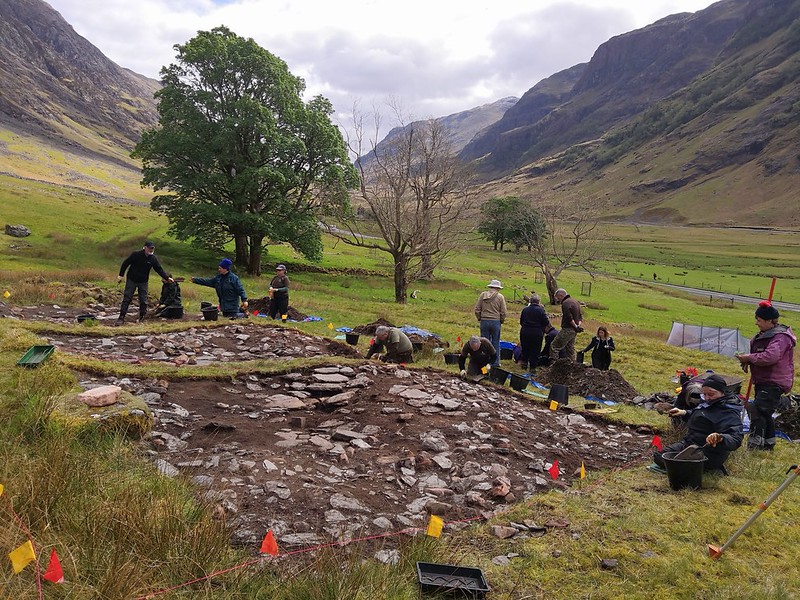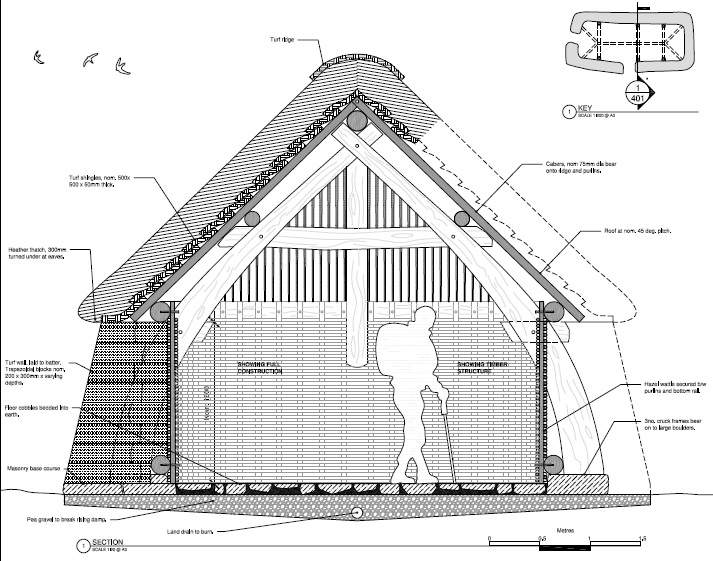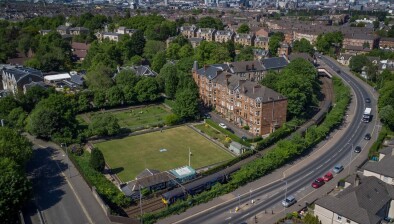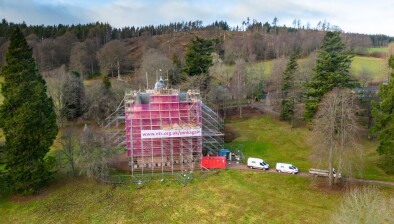And finally… Turf times
Conservation charity, the National Trust for Scotland has launched one of its more unusual ‘appeals’ as it seeks landowners to donate turf to help reconstruct a traditional turf-walled ‘creel’ house in Glencoe.

Archaeologists studied the remains of this historic dwelling during a dig in Summer 2019
Creel houses have been completely lost from Scotland’s architectural landscape, but they were a building style that would have dominated in West Highlands rural communities until the 19th century.
Archaeological excavations in the heart of Glencoe have shown that creel houses were once dotted throughout the glen in small townships and, thanks to the support of hundreds of donors, the Trust plans to recreate one particular building that would have been occupied during the 17th century and at the time of the infamous Massacre of 1692.
Creel houses combined a sturdy ‘cruck’ frame of timber, with basket-like ‘wattle’ internal walls weaved from freshly cut ‘green’ wood and were lined on the outside with thick, insulating walls built from blocks of turf. The roof would have been lined with thinner turf below thatch, usually made of heather.
Materials for the 13 x 4m replica creel house, which will be located outside Glencoe Visitor Centre, are being sourced from within the glen and from other land in the care of the National Trust for Scotland, but the project team is seeking another 60m² (approx. 8m x 8m area) of turf to complete the building’s 1m thick turf walls.

The turfhouse design
Mark Thacker, a craftsperson on the project team who specialises in earth-building, explained: “The task is not quite as simple as heading down to a local garden centre to pick up some turf lawn rolls – it needs to be cut up to 20cm deep and preferably come from an ‘unimproved’ grassland with a stone-free soil. By unimproved, I mean a grassland which has ideally not been drained, ploughed, re-sown or artificially fertilised in recent years, as intensive cultivation will tend to weaken the root structure within the turf, which gives it its strength for construction.”
It is hoped that the turf can be sourced relatively locally, so the team can harvest and transport it to its destination without clocking up too many ‘turf miles’, but they will welcome offers from anywhere in Scotland as part of their search.
While owners of large gardens, pasture fields or moorland edge with moisture-rich peat or clay soils, may be able to donate a patch of turf – the plea also goes out to homebuilders or developers who are planning to clear a plot for construction and will be lifting turf anyway. The turf needs to be harvested in summer 2021 when the Glencoe creel house building work will be well underway, as it can dry out quickly after being cut.
Once a common material in vernacular Scottish construction, the use of turf died out in the 19th century and the project is a great opportunity to re-learn lost skills as well as helping give visitors a glimpse of the kind of buildings the MacDonalds of Glencoe once lived in.
Derek Alexander, the National Trust for Scotland’s head of archaeology, said: “We were disappointed to have to pause our turf house project this year as a result of the Covid-19 pandemic, but are excited to be bringing our team of experienced craftspeople back together for 2021 when we hope visitors from across the globe will be able to watch history take shape.”
If you think you may be able to offer all or part of the turf required, please contact Glencoe National Nature Reserve on 01855 811307 or email glencoe@nts.org.uk.

















